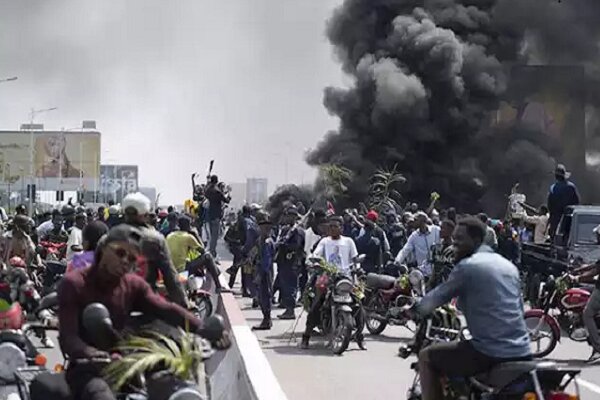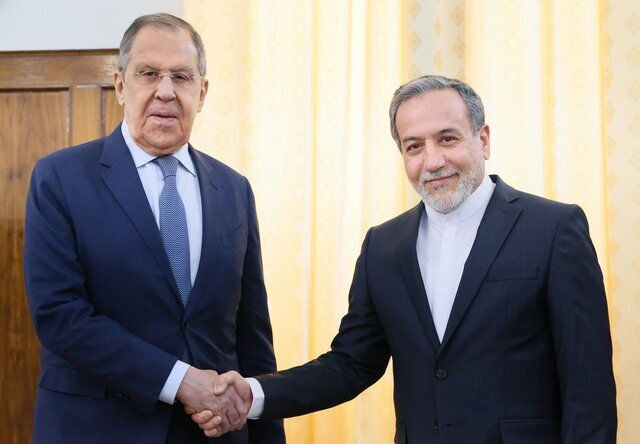Israeli Military Drone Crashes in Lebanon: What It Means for Regional Security
In a recent incident involving Israeli military technology, the Israeli army reported that one of its drones crashed in Lebanese territory due to a “technical malfunction.” This event caught the attention of both local and international observers, raising questions about drone operations in the region.
The drone crash occurred on Wednesday evening, and the Israeli army promptly issued a statement on X (formerly Twitter) detailing the circumstances surrounding the event. They indicated that the drone went down earlier in the day and attributed the incident to a technical glitch. The army reassured the public with the following statement:
“There is no concern about a security incident and there is no concern about a leak of information,”
Furthermore, the Israeli army confirmed that an investigation into the circumstances of the crash is currently underway. The situation highlights the complexities and risks associated with drone operations in volatile regions, where technical failures can lead to unintended consequences.
Key Points from the Incident
- The drone crash took place in Lebanese territory.
- Israeli army attributed the incident to a technical malfunction.
- No security concerns or information leaks were reported.
- An investigation is ongoing to determine the exact circumstances of the crash.
The use of drones by military forces has increased significantly in recent years, providing strategic advantages in surveillance and reconnaissance. However, incidents like this underscore the importance of maintaining rigorous technical standards and protocols to minimize risks associated with drone technology.
In this case, the Israeli army’s quick response and communication efforts aimed to alleviate public concern regarding the drone’s crash. The statement emphasized that the situation was not a security threat, which is crucial in maintaining confidence within the community and among international observers.
Understanding Drone Technology in Military Operations
Drone technology plays a vital role in modern military operations. Here are some key aspects of drone usage in military contexts:
- Surveillance: Drones are extensively used for real-time surveillance, gathering intelligence on enemy movements, and monitoring sensitive areas.
- Reconnaissance: They provide critical data that can inform tactical decisions, ensuring that military forces remain one step ahead.
- Target Acquisition: Drones can assist in identifying and targeting potential threats with precision, minimizing collateral damage.
- Cost-Effectiveness: Compared to manned aircraft, drones often represent a more economical option for military operations.
- Risk Mitigation: By utilizing drones, military forces can reduce the risk to personnel during high-stakes operations.
Despite their advantages, the reliance on drone technology also comes with challenges. Issues such as mechanical failures, as seen in this incident, can compromise missions and lead to unintended consequences. The Israeli army’s ongoing investigation into the crash will likely focus on identifying the technical malfunction that caused the drone to fail.
As drone technology continues to evolve, it is essential for military organizations to implement stringent maintenance protocols and regularly upgrade systems to prevent future incidents. The balance between leveraging advanced technology for strategic advantages while ensuring operational safety remains a critical focus for military planners.
In conclusion, the recent drone crash in Lebanese territory serves as a reminder of the complexities involved in military drone operations. The Israeli army’s swift communication and assurance regarding the safety of the incident highlight the importance of transparency in maintaining public trust. As investigations proceed, the military will likely review its drone operations to enhance safety and reliability in the field.






